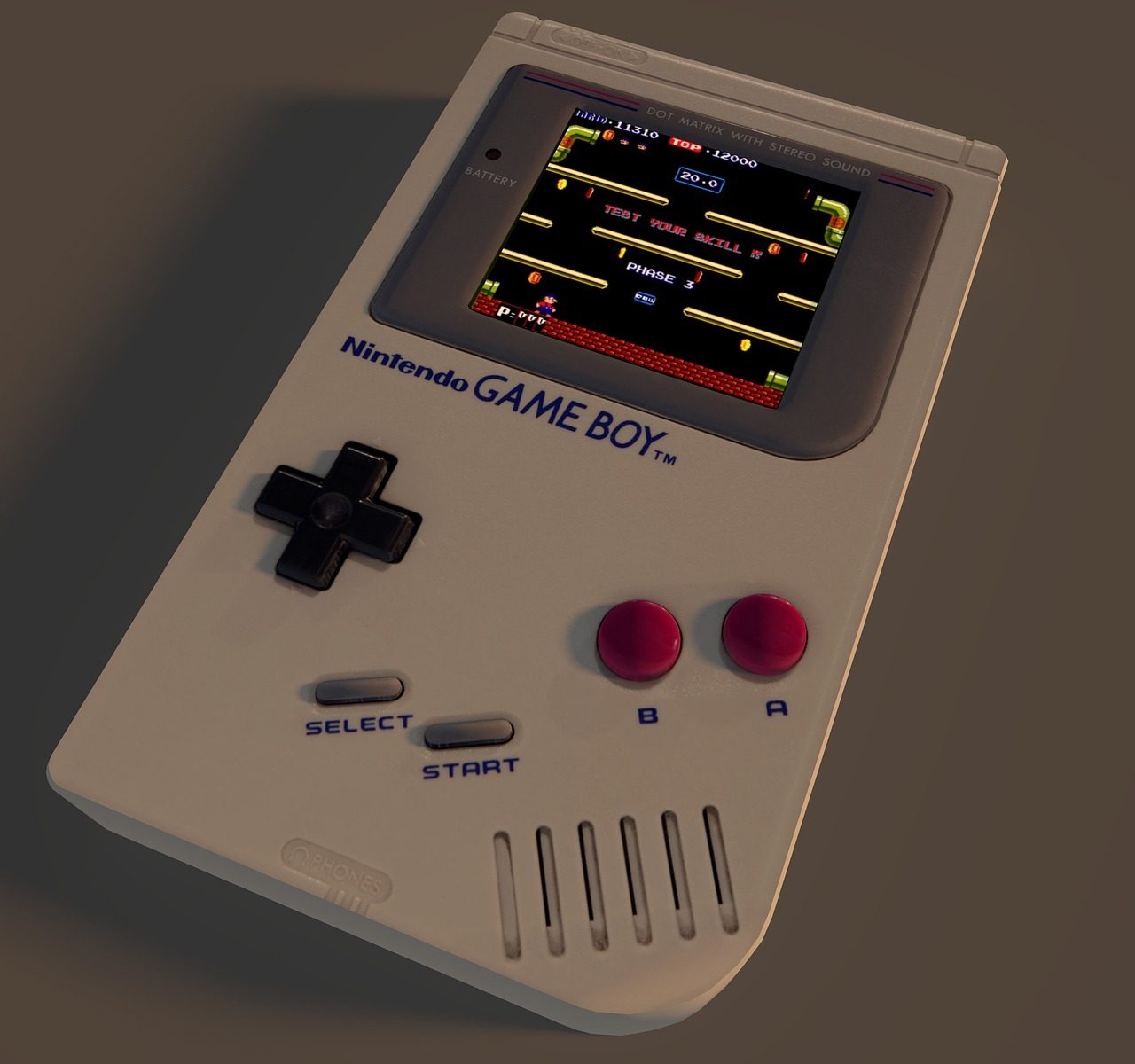Handheld gaming is one of the biggest gaming evolutions there is. Today, we just accept that handheld gaming is one typical way to play video games. But it was not always this way. There was a point in time where handheld gaming felt so futuristic that it seemed almost unfeasible.
But here we are today, gaming away on handheld devices far away from our super consoles.
How did we arrive here?
The Early Days of Handheld Gaming
Handheld gaming capabilities began with innovation as early as the 1970s, surprisingly.
During the 1970s, there was an emergence in small electronic device production. Early games on these systems utilized LED (Light Emitting Diode) screens or basic LCD (Liquid Crystal Display) technology.
“Auto Race” in 1976 is one of the most early innovative games.
While gameplay mechanics were incredibly simple and unappealing by today’s standards, Auto Race set the stage for future development in the handheld gaming device market.
The 1970s marked the arrival of calculators. Calculators were, as bizarre as it seems, precursors to handheld gaming models. That’s because calculators were portable electronic devices that solved problems on the fly. They proved that society at large appreciated ultra-convenience. The calculator’s onboard technology aligned pretty well with what was needed for a handheld gaming device.
Similarly, the evolution towards LCD technology was a crucial stage for setting the stage for handheld gaming. In the end, gaming needs visually appealing experiences and containing that on a handheld device remains a struggle even today as standards and expectations rise.
For gaming on the move to work, the calculator’s onboard tech and the advent of LCD were primary drivers.
But things heated up a decade later.
The 1980s began a more robust handheld gaming device innovation window when Nintendo’s Game & Watch series launched. These were the first handheld game devices which used liquid crystal display, otherwise known as LCD, and even kept time and allowed you to set alarms. These are all things we take for granted today as most people have an iPhone.
Not pretty by today’s standards, but at the time, it was as futuristic as there was.
Today, handheld gaming devices are taken for granted. But they remain in a state of massive innovation as major tech companies compete to go bigger, better.
Most Popular Handheld Gaming Devices
Nintendo Game Boy: Launched in 1989, the Game Boy revolutionized handheld gaming with its compact size, long battery life, and interchangeable cartridges.
Nintendo DS: Released in 2004, the Nintendo DS stood out with its dual screens, with the lower being a touchscreen.
Sony PlayStation Portable (PSP): Sony’s entry into the handheld market in 2004, the PSP was notable for its powerful hardware, multimedia capabilities, and high-quality graphics.
Nintendo 3DS: Successor to the DS, the 3DS (released in 2011) introduced 3D graphics without the need for special glasses.
Nintendo Switch: Though not a traditional handheld, the Switch’s hybrid design since its 2017 release has made it hugely popular.
Game Boy Advance: Released in 2001, the Game Boy Advance (GBA) was a significant step up from its predecessors in terms of graphics and computing power.
It would be difficult to ignore smartphones, such as iPhone and Android phones when discussing handheld gaming devices. Although some would argue that’s gaming isn’t the core intended purpose of those devices. All the same, smartphones continue to enhance their technology in a way that targets more support for handheld gaming.
